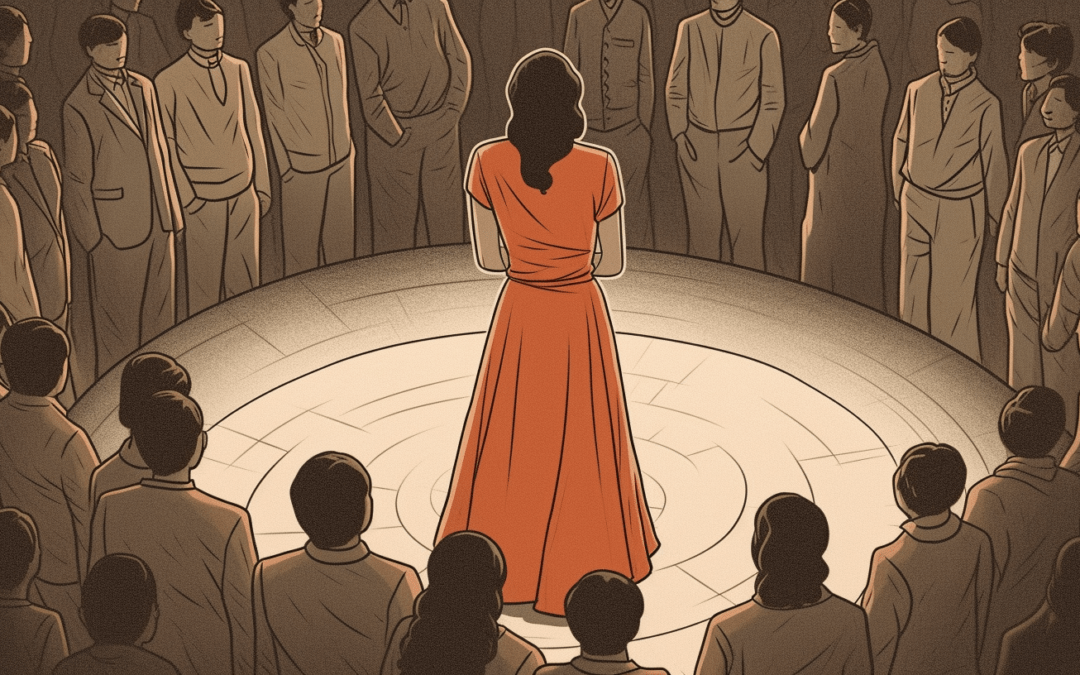The subject of the war on women might seem off-topic relative to remote work and remote life. But it rears its ugly head in many facets of the discussion. Heading into 2020, women were outpacing men in college graduation. They were at an all-time high in senior leadership positions. And they were making strides towards equality in developing countries. Covid seems to have set a lot of things in motion reversing decades of women’s equity progress in many countries. According to a UN study, since Covid, half of all women either had experienced violence in their home or knew someone who had. Domestic violence has increased dramatically thanks to various socio-economic stressors that have increased in the past 3 years. One of the most dramatic places to view this was Afghanistan.
Rise of the Taliban
Afghanistan was making decent strides in women’s rights and literacy. From 2000-2020, Afghanistan went from about 5% literacy to 23%. Then Covid and a peace agreement forced out the United States over the next year. Women are now banned from many public places, rights are severely limited, and pursuing an education past a certain point can be a life-ending decision. Similar trends in the repression of women have been escalating here in the United States.
In today’s society, the term “war on women” encapsulates the myriad of challenges and obstacles that women face in various aspects of their lives. Globally, 1 in 3 women is subject to physical or sexual violence. From legislative battles to economic disparities and social injustices, women continue to fight for equality and justice. Women were on the road to parity in many areas, until they were derailed.
Return to the Kitchen?
Remote work created lots of opportunities for women and other less-represented groups. As women traditionally have more family care responsibilities, women are often forced to choose between career and family responsibilities. Remote work made both things possible for many women and increased some women’s ability to work. Then the return to office (RTO) pushes started. Women in senior positions in companies peaked in 2021 and now have fallen to pre-2013 levels. Reaching parity at the C-suite level has been pushed back at least 7 years.
Women in less senior positions have equally been affected. Overall, the percentage of women in the workforce dropped by 2% in 2023. We are now back to pre-Y2K levels. This almost mirrors the availability of day care which dropped by roughly 3%. All of this is in contrast to the number of women graduating from college during the same time. Women began out-graduating men for the first time in 2021 in both undergraduate and graduate programs. Still, their presence in the workforce doesn’t reflect this.
The RTO pushes don’t take into account the added family burdens placed on mostly women during our time working from home. So when you tell “people” to come back to the office. That all too often translates to just men. Younger women are being forced to choose between work and family. And older women have gotten used to adjusting their thermostats to deal with hot flashes at home. Feeling cold in an office and still sweating through a blouse just isn’t worth the hassle for some women who otherwise should be at the top of the corporate ladder. So they choose to leave, creating voids in the presence of women in leadership roles. Meanwhile, on the opposite end of the age range, women are being faced with ever-increasingly restrictive laws that ultimately keep more women out of the office.
Abortion
Regardless of what you might think about abortion itself, changing its accessibility ultimately changes the workforce. When the new Florida ban goes into effect, the roughly 100,000 women who would have had the procedure in Florida in 2024 either have to incur the cost of looking elsewhere or plan for roughly $3000 in out-of-pocket expenses just for giving birth. That doesn’t even include the $237,382 to raise the average child to 18. When you are planning to have a family we generally don’t think about the costs. But if you weren’t planning to raise a child, I’m sure that number weighs heavy on women in that situation.
It’s been 50 years since Row vs Wade. But, 40% of all abortion-related legislation has happened in roughly the past 10 years. While anti-abortion laws talk about the right to life, there is an overtone of restricting the rights of women to seek career paths comparable to men.
In the year following Texas’s abortion ban, there was an increase of roughly 16,000 births over the previous year. This is the first increase in almost a decade. In many parts of the country, schools have consolidated and there are 3% fewer day care centers than there were just a year ago. As a bonus, it’s 13% more expensive than a year ago. Put all these numbers together and you start having situations where mom can’t afford to go to work even if she can find daycare. Overall this is likely to impact the number of women completing college and if/when they enter the workforce.
Domestic Violence
Sadly, more time at home means a higher risk of domestic violence. An unplanned family typically has economic implications and all the stresses that go with them. Only 1 in 10 women who are a victim of a crime feels comfortable reaching out to police because of the male dominance in police departments, it’s important to create a safe point of contact for victims. Sexual and domestic violence is on the rise due to a variety of socioeconomic changes. More needs to be done to protect women and support them in the aftermath of abuse.
What About Law Enforcement
Law enforcement has had a goal of 30 by 30 for years. 30% of law enforcement should be women by 2030. Instead, it has hovered around 13% for over a decade. Research has shown that female officers are less likely to use excessive force, produce better outcomes for crime victims, and generally have better relationships with the community. There are also fewer lawsuits for their departments and fewer disciplinary actions. Communities want women police officers, but it’s still a boys club. Women are regularly harassed and discriminated against as well as being blocked by the establishment.
The need for more police comes at a crucial time. With workplace patterns changing, crime is on the rise in many major cities. Voids created by empty office buildings create opportunities for economic decline and increased criminal activities. The defunding initiatives that hit many departments after the George Floyd killing have made things even worse. This perfect storm of events has created an environment where women are less safe in their homes, communities, and in their jobs. We need to get things moving in a positive direction again.
Pick a Direction
Covid drove us towards a new normal but many in power aren’t just pulling back, they are forcing things back to an earlier era. This should be a time of embracing new ideas and discovering the flexibility that comes with remote work. Instead, some leaders are ignoring facts and trying to recreate a culture that never really existed in the first place. We should be discovering new structures instead of reinforcing male-dominated hierarchies.
All things being equal, women should be increasing their numbers in the workforce and leadership positions as well. But they aren’t equal. Between some CEO’s policies, and growing state laws around DEI and abortion access, many women are having their careers and lives dictated to them. We are currently headed in a direction that is making us less equal and more divided. We need a new direction.



